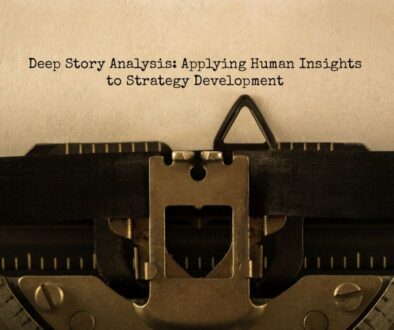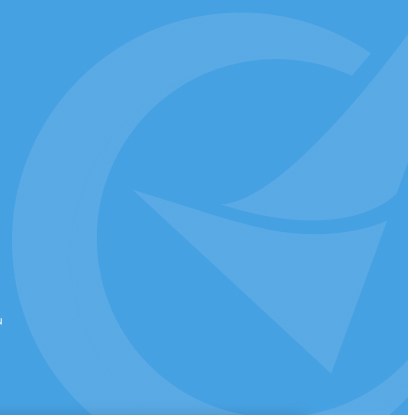The ROI of Human Insights: How to Improve Your MR Cost Per Actionable Insight
For several years now, we’ve been advocating a shift from Consumer Insights to Human Insights. That means going beyond an analysis of the consumer part of people – that part that shops, buys and consumes – and listening to the whole human being.
But this can come across as sounding a little, well, soft – especially, if you’re responsible for managing a P&L. So let’s talk money. How does one measure the ROI of shifting from Consumer Insights to Human Insights? Well, like all things in business, it boils down to saving money and making money. Human Insights can help you do both.
How Human Insights Can Save Money
Ask yourself this question: How much of your annual insights budget delivers insights you already know? If you categorized the studies you did last year as either confirmatory or transformative, which list would be longer? How many studies delivered truly transformative insights? And how many merely confirmed what you already knew?
For many companies, the number of studies that confirm far exceed those that transform their businesses. This is because most companies have researched their consumers to death. They already know everything there is to know about how people shop, buy and use their brands. But they don’t know where to look for fresh insights and inspiration, so they repeat studies they’ve already done with the hope that new insights will miraculously appear. You know the old saying about the definition of insanity, right?
Because these dollars don’t generate new learning, they don’t lead to action. They offer nothing that allows the organization to change to take advantage of new opportunities. It’s like continuing to mine the same quarry long after all the limestone has been extracted. You can dig all you want, but you’re not going to find anything useful. You’ve got to find a new place to dig.
That new place is the human part of people. Instead of asking people about your brand, try asking them about their lives. Instead of asking them about why they buy certain products or shop certain stores, ask them why they get up and go to work each day; and instead of asking them about your brand’s identity, ask them about their own. Then, challenge your team to take that learning and develop ways your brand can fit into their lives, motivations and identity.
If you do this – and apply a little creativity to it – you’ll find a vast range of untapped insights just waiting to be mined. And you’ll stop wasting money repeating the same studies and confirming the same insights.
How Human Insights Can Make Money
The lifeblood of brands today is innovation. This is particularly true for large legacy brands whose growth has slowed and market share eroded by challengers and upstarts. Never has the mantra “innovate or die” been more true.
For teams to innovate, they need inspiration. And teams can find that inspiration from Human Insights. By immersing themselves in the life context of people and learning to empathize with them, brand teams discover new ways for their brands to add meaning and value to people’s lives. They stop selling to them and start helping them. Such brands garner greater loyalty and command a premium price.
What’s more, the fresh perspective Human Insights reveal is a competitive advantage. While your competitors tread the same old Consumer Insights ground, smart brand teams find new opportunities for their brands to fit into the larger life context of human beings. In crowded, mature categories, this kind of inspiration can be a game-changer.
The ROI of Human Insights
So how’s this for an ROI metric. Calculate your Cost Per Actionable Insight or CPAI. Simply take your total market research budget and divide it by the number of studies that produce actionable insights. To qualify as actionable, a study must deliver insights that change what your organization would have done otherwise; in other words, the insights must be transformational. I can guarantee you that Human Insights studies – if done right – will generate a better CPAI than Consumer Insights studies.
The shift from Consumer Insights to Human Insights requires courage and creativity. It requires courage because it is so different from what most brand teams are used to doing. And it requires creativity because teams have to connect the dots between the human needs people have and the ways in which their brands can help. But if your organization is brave enough and creative enough to draw inspiration from the human part of people, you’ll improve your insights ROI dramatically.





















